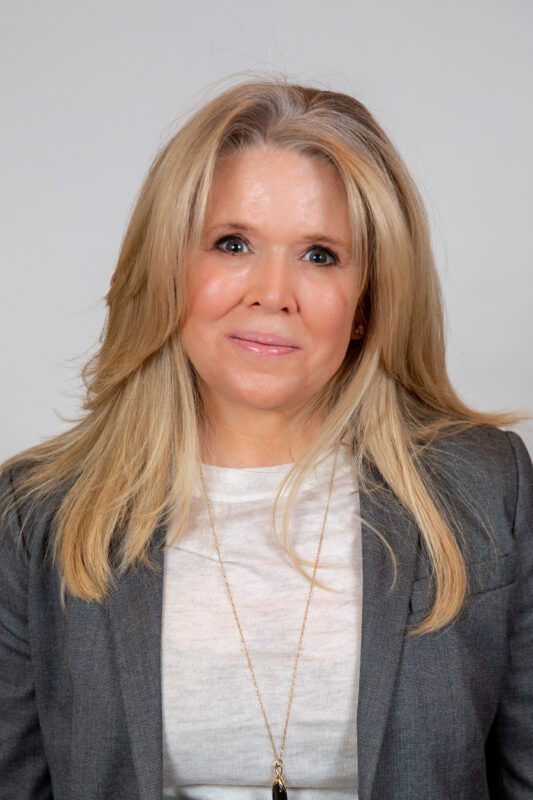
Trey Theimer has over 20 years’ experience in contracting across the federal civilian, defense, intelligence and state and local markets. She has served as chief growth officer at Serco, and prior to that, as vice president of growth for Peraton’s civilian and state and local business group.
As chief growth officer at global technology solutions company DMI, she is helping federal clients modernize in support of more effective citizen service. DMI’s consultants deliver digital strategy, design, transformation and support to help drive the digital journey in government.
We caught up with Theimer recently to talk about the pressures on federal agencies, the changing role of the GovCon community and how a contractor like DMI can help government to advance on its mission objectives.
What are the most pressing needs today among your federal clients?
Biden’s executive order in late 2021 to reshape digital service delivery and customer experience across the federal government, largely in a digital-first way, is driving our customers to breathe new life into their IT portfolios.
They are replacing outdated processes and systems. They are exploring what it takes to fund and acquire applications in a more modern way, and how, today, culture change is the most important component for modernization to have an impact.
How well is the GovCon community addressing those needs?
It’s interesting what’s happening in the federal market right now, especially given our customers’ drive to reshape digital service, to deliver and improve constituent experience.
The competitive field has really tightened up. There is a shrinking number of larger competitors in the federal space, and those heavy-hitters — the members of the $8 billion-$10 billion club — are primarily “federal pure plays” with no commercial experience or easy-to-access reach-back.
When you couple this with a shrinking supply of commercial firms focusing on providing IT services and solutions in the federal market — well, it means our customers are going to be getting less innovation and less competition. This is especially true in this cloud and [artificial intelligence]era.
Say a bit more about this? What’s the impact?
In the commercial market, specialist providers work on hundreds of small projects with dozens or hundreds of clients. The technology is constantly evolving and their skills are constantly improving.
Meanwhile, over in the federal market, large [systems integrators]are typically working on longer engagements. That gives the tech teams, engineers and consultants less exposure to the new and evolving cloud platforms and digital ecosystems.
How does DMI help to bridge that gap?
We’re looking at convergence in the markets — specifically, the convergence of the commercial and federal markets. Value propositions, technologies and industries are coming together in compelling new ways.
DMI is being very deliberate in targeting industry convergence, providing an uncomplicated way to bring expertise and talent from our commercial customers and markets into the federal market.
Our people get to experience a “borderless” career, where they can easily traverse back between commercial and federal, working on projects for Ford and then being able to help support the Department of Transportation.
What’s your strategy for bringing that value proposition to the federal market?
We are taking aim at the large, pure-play systems integrators by getting ahead of them — being involved in the digital convergence happening in the commercial markets and delivering those innovative capabilities, talent and partnerships to help the government deliver better outcomes for constituents.
At our size, we can be militant about customer engagement, delivery excellence and recruiting and retaining the best people.
What’s the biggest business challenge you face and how are you addressing that?
Inherently, the biggest business challenge — and the most rewarding one for me — is to create, maintain and evolve a great, thriving company culture.
Fundamentally, it’s about showing up, being accessible, inclusive and visible: not just LinkedIn visible, or social media visibility, but really engaged with your folks.
You do that by being deliberate about cultivating a diverse, dynamic team environment. You do it by demonstrating engagement and appreciation for the drive and ambition of your team. And then — here’s the most important part — you invest back into their well-being and success, empowering folks to create the culture and company they want to be a part of.
On a personal note, what makes this work interesting or satisfying for you?
It’s the people I work with — without a doubt. That’s why I love this business and my job.

